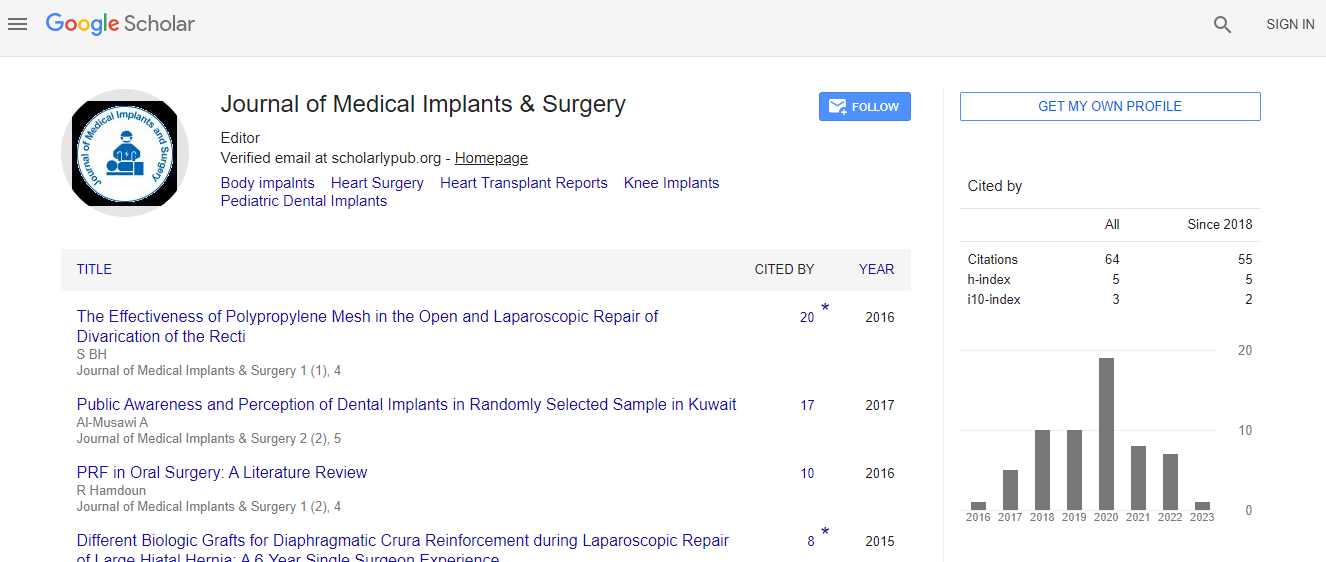Neutrophil / Lymphocyte Ratio (NLR) â Trombocyte / Lymphocyte Ratio (TLR): A Predictor of Axillary Lymph Node Metastasis in Breast Cancer Patients?
*Corresponding Author:
Copyright: © 2020 . This is an open-access article distributed under the terms of the Creative Commons Attribution License, which permits unrestricted use, distribution, and reproduction in any medium, provided the original author and source are credited.
Abstract
Background: This study evaluated the relationship between
preoperative neutrophil / lymphocyte ratio - platelet
/ lymphocyte ratio, clinicopathological, radiological
factors, and axillary lymph node metastasis in stage I-III
breast cancer to determine if axillary surgery can be safely
omitted in selected patients.
Methods: The study included 158 Stage I-III breast cancer
patients operated on at Baskent University Zubeyde
Hanim Research Center between 2011 and 2018. The incidence
of axillary lymph node metastasis was correlated
with clinical, radiological, pathological, and laboratory
(neutrophil count to lymphocyte count, platelet count to
lymphocyte count) findings by univariate and multivariate
analyses. Sensitivity and specificity calculations, positive
predictive value, negative predictive value, positive
and negative Likelihood Ratio (accuracy ratio), and exact
accuracy were calculated for neutrophil/lymphocyte ratio
cut-off values of 3.5 and 1.
Results: Neutrophil and platelet values were significantly
higher in patients with lymph node metastasis. Neutrophil
/ lymphocyte ratio - platelet / lymphocyte ratio
values were higher in patients with axillary lymph node
metastasis, but this was not statistically significant. Axillary
lymph node metastasis was not associated with age,
lymphocyte, monocyte count, estrogen receptor, progesterone
receptor, or c-erb B2 status. The incidence of axillary
lymph node metastasis was statistically significantly
higher in the presence of lymphovascular invasion. Sensitivity,
specificity, positive predictive value, and negative
predictive value were 93.85%, 16.67%, 44.9%, and
78.9% respectively for axillary lymph node metastasis
while the neutrophil / lymphocyte ratio was ≥ 3.5. Specificity,
sensitivity, positive predictive value, and negative
predictive value were 97.78%, 9.23%, 75.0%, and 59.9%
respectively for axillary lymph node metastasis while the
neutrophil / lymphocyte ratio < 1.
Conclusions: For axillary lymph node metastasis, neutrophil,
platelet counts, lymphovascular invasion status,
radiological and pathological mass size, and presence of
radiological axillary lymphadenopathy are the statistically
significant independent variables. They provide information
that can help surgeons decide on the treatment of
breast cancer patients with certain neutrophil / lymphocyte
ratio values (neutrophil / lymphocyte ratio < 1 and
neutrophil / lymphocyte ratio ≥ 3.5).

 Spanish
Spanish  Chinese
Chinese  Russian
Russian  German
German  French
French  Japanese
Japanese  Portuguese
Portuguese  Hindi
Hindi 